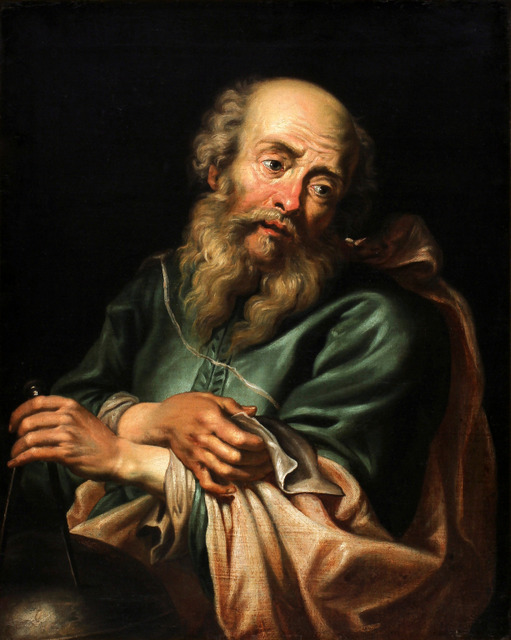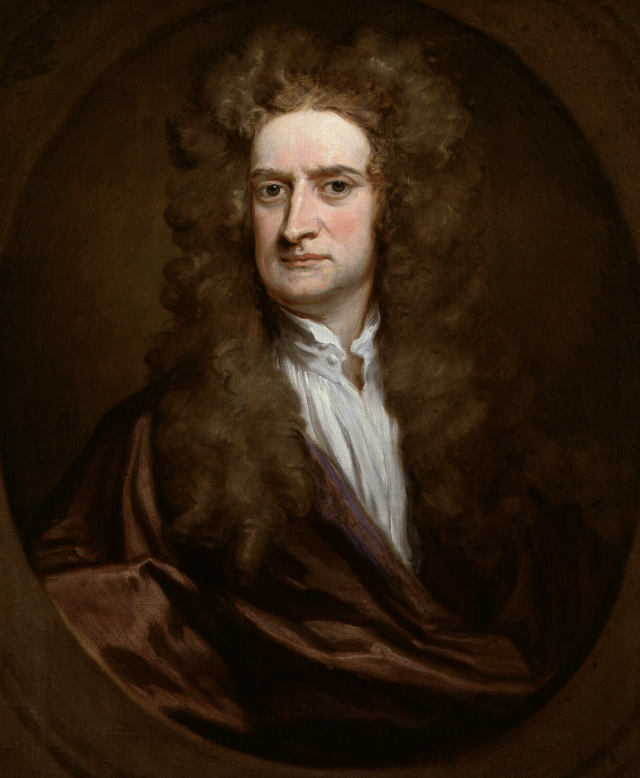2 Introduction to Mechanics
Definitions
Mechanics is the branch of the physical sciences that deals with state of rest, or state of motion of bodies that are acted upon by forces. In general it is divided into three main areas
- rigid-body mechanics
- deformable-body mechanics
- fluid mechanics
In this book we will be studying rigid-body mechanics since it is the basics of all mechanics. Rigid-body mechanics is needed for the design and analysis of structural members, mechanical components and even electrical devices that you will be seeing as you continue your study of engineering.
Rigid-body mechanics are divided into the two areas of statics and dynamics. Statics deals with the equilibrium of bodies where the net force is zero so that the body is either at rest or moving at a constant velocity. Dynamics deals with bodies that are being accelerated. Clearly, statics is a special case of dynamics where the acceleration is zero, but in engineering, statics is created separately due to that the fact that many objects are designed with the idea that they will be in equilibrium at all times.
Historical Development
It is clear from ancient writings that it is impossible to state when the study of statics began. Archimedes (287-212 BCE) clearly wrote about the principles of the lever in the book On the Equilibrium of Planes (Greek: Περὶ ἐπιπέδων ἱσορροπιῶν) https://en.wikipedia.org/wiki/Archimedes The first book establishes the law of the lever, and locates the centre of gravity of the triangle and trapezoid. According to Pappus of Alexandria, Archimedes‘ work on levers caused him to remark: “Give me a place to stand on, and I will move the Earth.” (Greek: δῶς μοι πᾶ στῶ καὶ τὰν γᾶν κινάσω).
Pulleys, inclined planes and wrenches are recorded in building construction documents. The ancient Egyptian pyramids are more than 4000 years old. Henry Petroski has written many great books on engineering and you can access a short essay on the Egyptian pyramids as inclined planes at https://www.americanscientist.org/sites/americanscientist.org/files/200541892740_306.pdf
If you want more information on the history of engineering, visit Jennifer Kirkey’s book on Engineering in Society. https://pressbooks.bccampus.ca/engineeringinsociety/
We tend to focus on the work of Galileo Galilei (1564-1642) who is famous for his work on falling bodies where he showed that objects of different masses will fall at the same rate if air resistance can be minimized. His work on pendulums gave us an accurate way to measure time.

Issac Newton (1642-1727) is considered to be the most significant contributor to this science, and this is where we will formally begin the textbook with his three laws of motion and the law of gravity.


